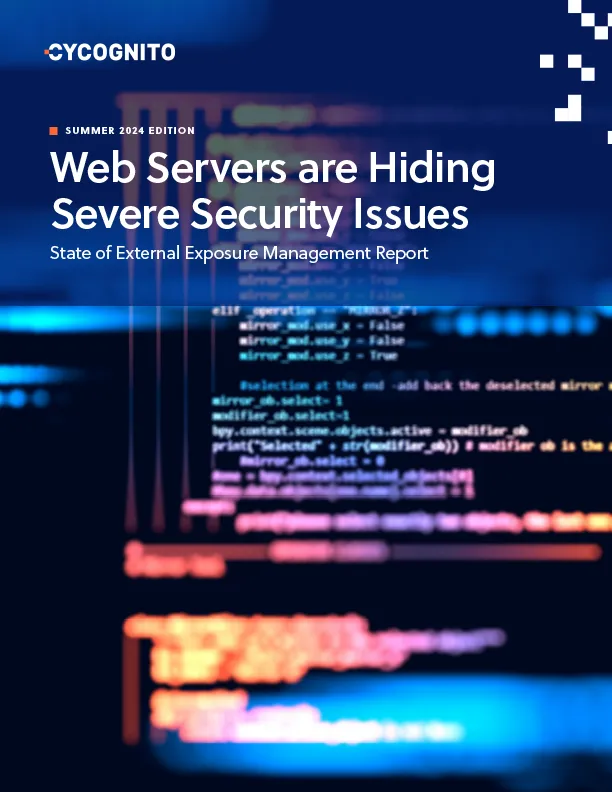Cybersecurity Glossary
Vulnerability Scanners
A vulnerability scanner is a tool that inspects applications, systems, networks, and software for potential vulnerabilities and compares details about the assets encountered to a database of information about known security holes in those assets that may involve services and ports, anomalies in packet construction, and potential paths to exploitable programs or scripts.
Vulnerability scanners only discover vulnerabilities in those assets and resources they are directed to scan. This leaves assets that they do not scan, which often includes cloud-based deployments, workloads running in the cloud, resources operated or maintained by third parties, partners, subsidiaries or suppliers open to exploitation. These are the security gaps that attackers are constantly on the lookout for. The relative proportion of what vulnerability scanners can reveal, compared to what they cannot know, can render these tools a form of security theater.
See Also
Learning Center  Vulnerability Assessment
Vulnerability Assessment
Complete Guide to Vulnerability Scanning
 Vulnerability Assessment
Vulnerability AssessmentVulnerability scanning is an automated method that systematically scans a system or a network to identify potential security threats.
Learning Center  Vulnerability Assessment
Vulnerability Assessment
6 Steps of the Vulnerability Scanning Process
Vulnerability scanning is the systematic examination of an IT environment to identify any security weaknesses that could be exploited by attackers.
Learning Center  Vulnerability Assessment
Vulnerability Assessment
10 Vulnerability Scanning Tools: Commercial and Open Source Options
Vulnerability scanning tools are software applications designed to assess computers, networks, or applications for vulnerabilities and other security weaknesses.
Learning Center  Vulnerability Assessment
Vulnerability Assessment
Vulnerability Scanning vs. Pen Testing: 8 Key Differences
Vulnerability scanning identifies potential system risks, while penetration testing simulates real-life attacks to discover exploitable vulnerabilities.
Learning Center  Vulnerability Assessment
Vulnerability Assessment
Vulnerability Scanner for Websites: Why, How & 8 Notable Tools
A website vulnerability scanner is a specialized tool designed to inspect and analyze a website for possible security gaps or weaknesses.
CyCognito Report
State of External Exposure Management, 2024 Edition
Critical vulnerabilities often hide in plain sight—especially in your web servers.
The report is a must-read for understanding today’s external risks and how to prioritize them effectively. Download the report to stay ahead of emerging threats and strengthen your security posture for 2025.
